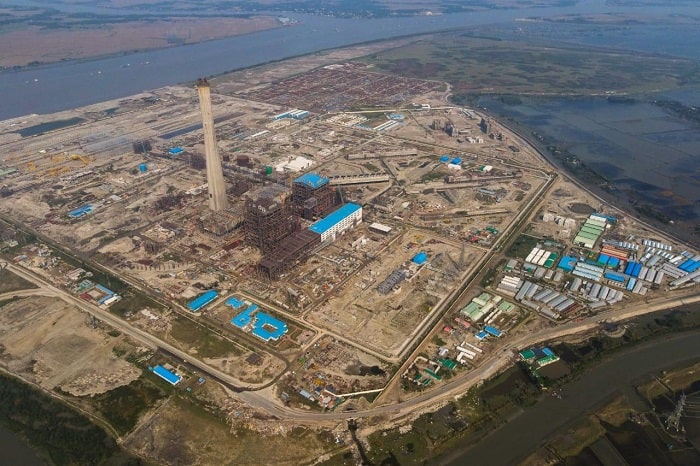It’s hard to think to live without electricity for several hours. Bangladesh needs to produce more electricity to fulfil the demand of increasing population and growing industries. Now-a-days all our reserved natural gas and coal fields are at stake, we have no production of oil & all the hydroelectricity isn’t enough. We need to construct power plants to fulfil the demand. Rampal Thermal power plant may sound lucrative for this crisis. Firstly, we need to consider some aspects of this 1320-megawatt coal fired power station and secondly it is situated in the vicinity of 14 kilometers of Sundarbans which saves Bangladesh form terrible natural disasters.
The project is a Bangladesh India joint venture on 50:50 equity basis and area of this power plant is 1834 acres of land located in Sundarbans which is equivalent to 4.73 square kilometers of land where 8,280 people can live. The plant will need to import 4.72 million tons of coal in each year which is equivalent to half of the first industrial revolution coal production. The plant would draw 2,19,600 cubic meters of water every day, which is equivalent to the 0.5 million people’s (579,744 people approximately) daily water usage in the USA. The cost of this mega project is 2 billion USD, which is equivalent to the cost of making 500 windmills which can produce 1000 megawatts of energy without polluting the environment.
The plant will burn 5 million tons of coal every year which will be the biggest source of water pollution in Bangladesh as no other industry burns such volume of coal in a year. The emissions of this power plant would elevate Sulphur Dioxide and Nitrogen Dioxide to the northeastern portion of Bangladesh due to wind patterns. The affected area will cover the entire Sundarbans, the districts of Satkhira, Noakhali, Bagerhat, grater Khulna and some portions of West Bengal. Rampal power plant will increase in 25% of ambient level of nitrogen dioxide than average and 50% increment in Sulphur dioxide than average ambient level. when these compounds released into environment they mix and react with oxygen, water and other chemicals to form acidic pollutants which will result in acid rain (sulfurous /sulfuric acid and nitric acid). Acid raining will cause cumbersome suffering both for the locality and ecosystem. This plant can emit high level of mercury so-called a potent neurotoxin which can damage children’s brains and nervous systems. Mercury and affect all the fishes of water within 70 square kilometers of the power plant which will affect humans if they eat those fishes. Additional 10,000 kg of mercury can be discharged over the life of the plant which will a subject of flooding that can end up with risks to aquatic food chain of Bay of Bengal. Above all burning coal is a leading cause of smog and air toxics and the power plant will produce 20 million kg of carbon dioxide approximately which will contribute to global warming as well as it’ll damage the environment in an extreme level. The electricity produced by this plant will cost 32% more than the average costs of other power plants. Bangladesh government has committed to pay 26 million USD annually for the maintenance which will subsidy of 1.9 billion USD over the life of the project. This subsidy amount can be used in constricting another 1000 megawatts of wind energy power plant that is eco-friendly.
Though Rampal power plant will create employment opportunities and will help to reduce the electricity deficit of our country which will directly help our industrialization, furthermore, the cost of our environment and endangerment of Sundarbans that protects us from a variety of natural disasters should be considered. We should think about the next Bulbul when there won’t be Sundarbans standing in-between. It should be questioned if the precautionary measures of the plant are sufficient enough to protect Sundarbans which always has been a trump card against destructive calamities.
By Anupom Das, Staff Correspondent, Jamuna Tv.

